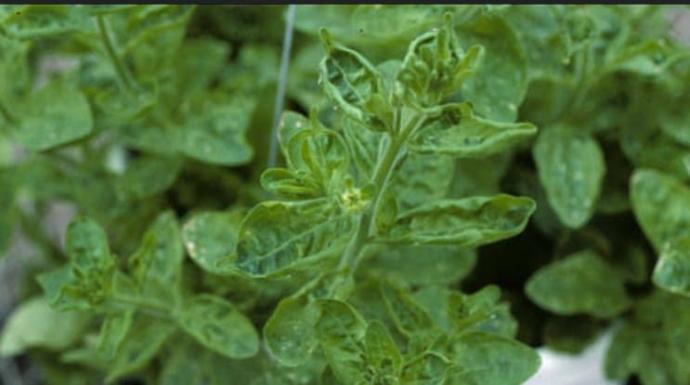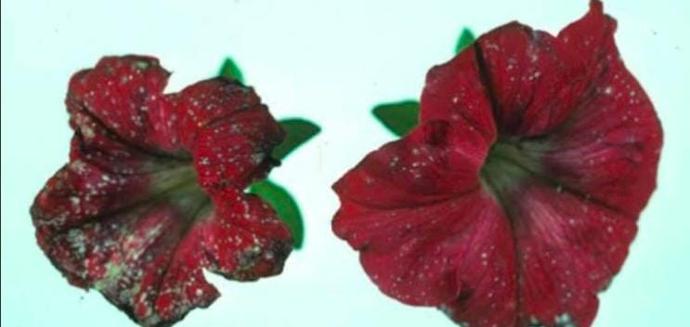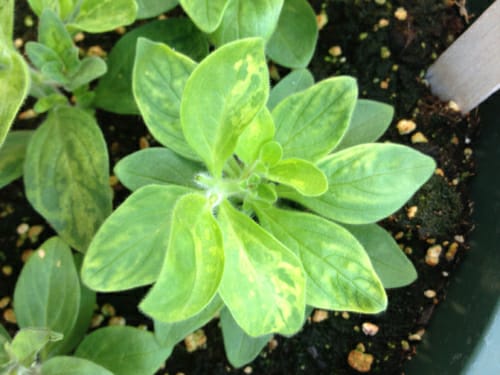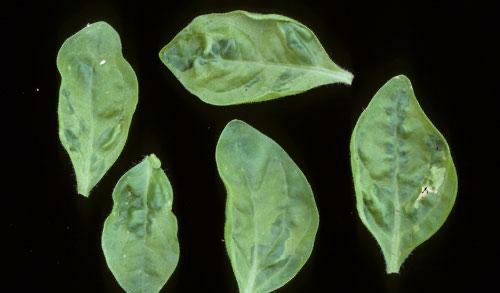Petunia Plant
Petunias, herbaceous annuals with fast growth, prefer well-drained soil and full sun to partial shade. With moderate moisture needs, Petunias are popular for their colorful and trumpet-shaped flowers, commonly used in gardens and containers.
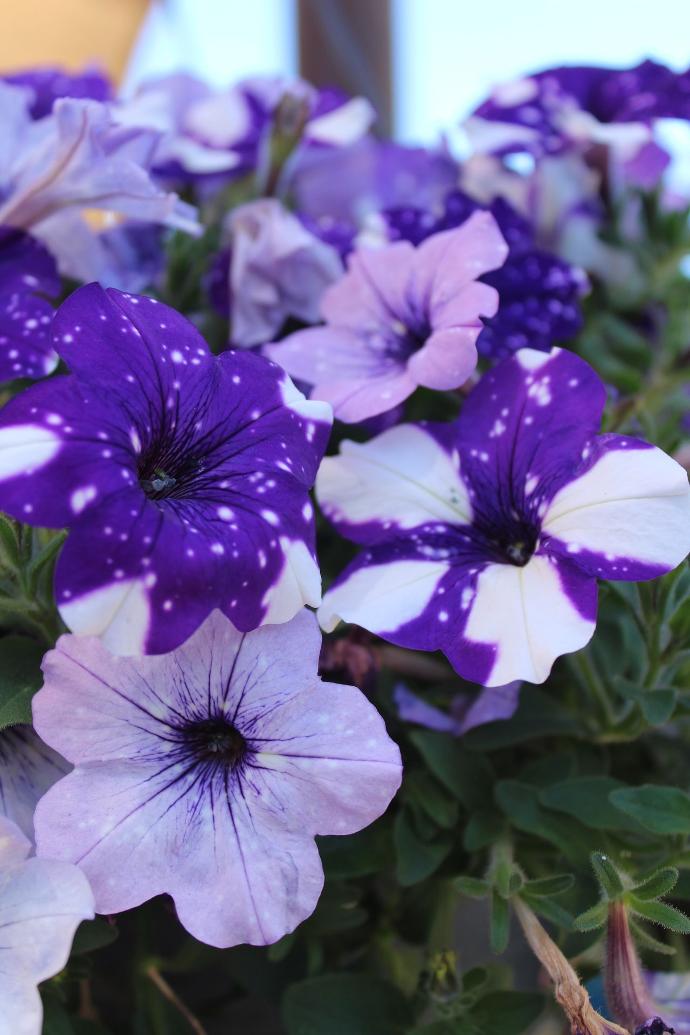
Habit
Herbaceous Annual
Height
0.3 to 0.6 m
Growth
Fast
Soil
Well-drained, Loamy
Shade
Full Sun to Partial Shade
Moisture
Moderate
Edible
No
Medicinal
No
Origin
South America
Climatic Condition
Tropical, Subtropical
Temperature (°)
15°C to 25°C
Humidity (%)
60% to 80%
Potting media
50% Loam, 40% Sand, 10% Organic Matter
Fertilizers
Organic Fertilizer
Watering
Regular watering
Plant Weight
0.2 to 0.5 kg
Flowering Time
Spring to Summer
Soil Ph level
6.0 to 7.5
Water Ph level
6.0 to 7.0
Soil EC
0.5 to 0.8 mS/cm
Yield Per Plant
1 to 2 kg per plant
NPK ratio
3:02:01
life Span
1 to 2 years
Health Benefits
Ornamental, Fragrance
Suggested Grow Media or Potting Mix ?
50% loamy soil, 30% compost, 20% sand
Suggested Fertigation/Fertilizers
Fertilize every 4 weeks with a balanced, water-soluble fertilizer.
Common Diseases and Remedies
Botrytis blight , TMV.
tiny almost translucent spots . These spots turn in to brown and appears water soaked .
Mycostop or botrystop a biological fungicide approved for organic use .
HEALTH BENEFITS
· Mostly ornamental, but has mild antibacterial properties.
· Used in traditional medicine for soothing skin irritations.
Attracts pollinators, supporting garden ecosystems.
What Is A Petunia Plant?
Petunias are flowering annuals with funnel-shaped flowers that can be large or small, ruffled, fringed, or double. They can come in many colors, including solids, contrasting veins or edges, and star patterns. Many petunias, especially white and lavender cultivars, have a sweet fragrance. Petunia leaves are oval-shaped with smooth margins and some feature fine sticky hairs.

What are the different types of Petunia plants?
1.Wave velour petunias:-
This unique variety features blooms with a velvety texture. They are also known for their disease resistance.
2.Multiflora petunias:-
These smaller plants have more numerous but smaller blooms. The stems are strong, which makes multiflora petunia varieties suitable for windy climates.
3.Grandiflora petunias:-
These petunias have large single or double flowers.
4.Supertunia:-
These vigorous growers require frequent feeding and are weather-tolerant.
5.Cascadia and Surfinia:-
These petunias have wide flowers in unusual colors. They are easy to care for and trail to about 18 inches.
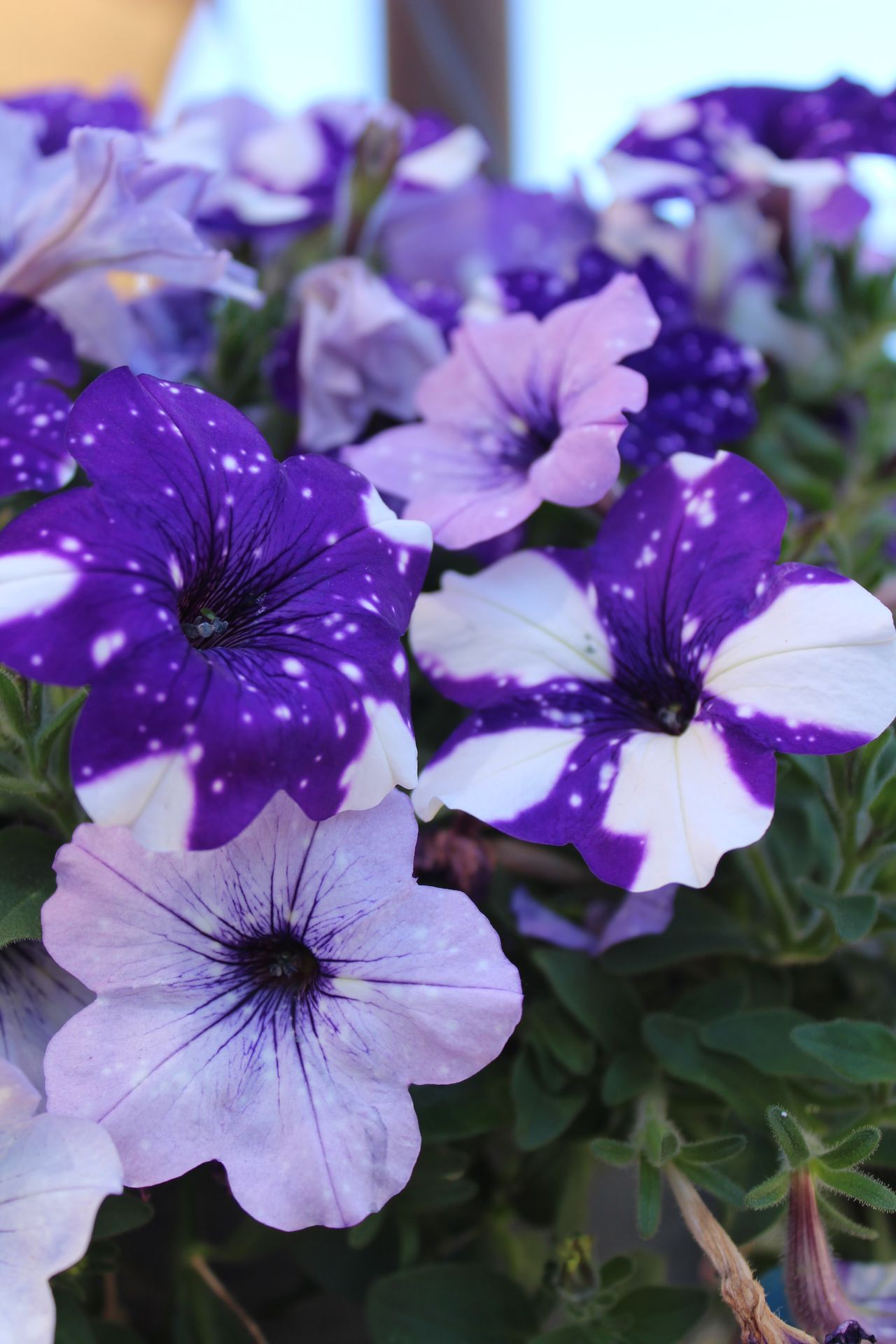
How to care for Petunia plants?
1.Location :-
Petunias grow best in warm weather, with an ideal temperature range of 55–80°F.
2.Sunshine :-
Petunias need at least six hours of direct sunlight per day to produce their best blooms. They thrive in full sun, and will become spindly if they don't get enough.
3.Soil :-
The soil should drain well and not stay overly wet, especially in containers. The soil should also be moderately fertile to promote the best growth.
4.Hydration:-
Keep the soil consistently moist, but not soggy. In containers, water petunias just about every day.
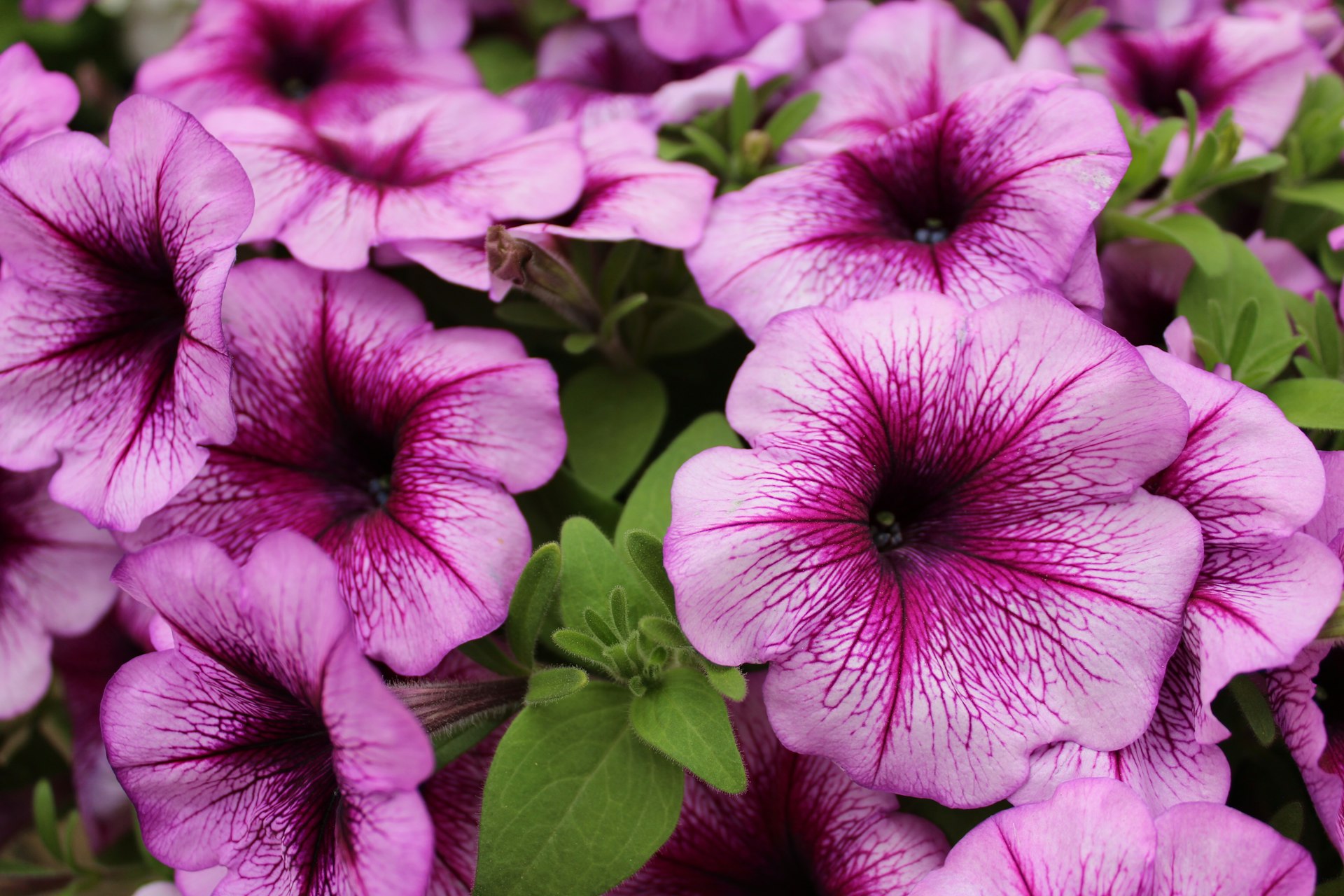
5.Nourishment :-
A balanced, water-soluble fertilizer, such as a 20-20-20, applied every two weeks is a good choice. You can also apply a slow-release fertilizer at planting.
6.Issues:-
Such as botrytis blight, powdery mildew, and crown rot, which can cause parts of the plant to die and rot. Such as bacterial leaf spot, aster yellows, and some types of fasciation, which can easily spread in overcrowded plantings. Can cause light and dark green mottled areas, mosaics, and crinkling of leaves.
What are the benefits of Petunia plants?
Petunias attract pollinators such as bees, butterflies, and hummingbirds. These creatures are essential for pollinating many other plants. Petunias can remove harmful pollutants like formaldehyde and benzene from the air.
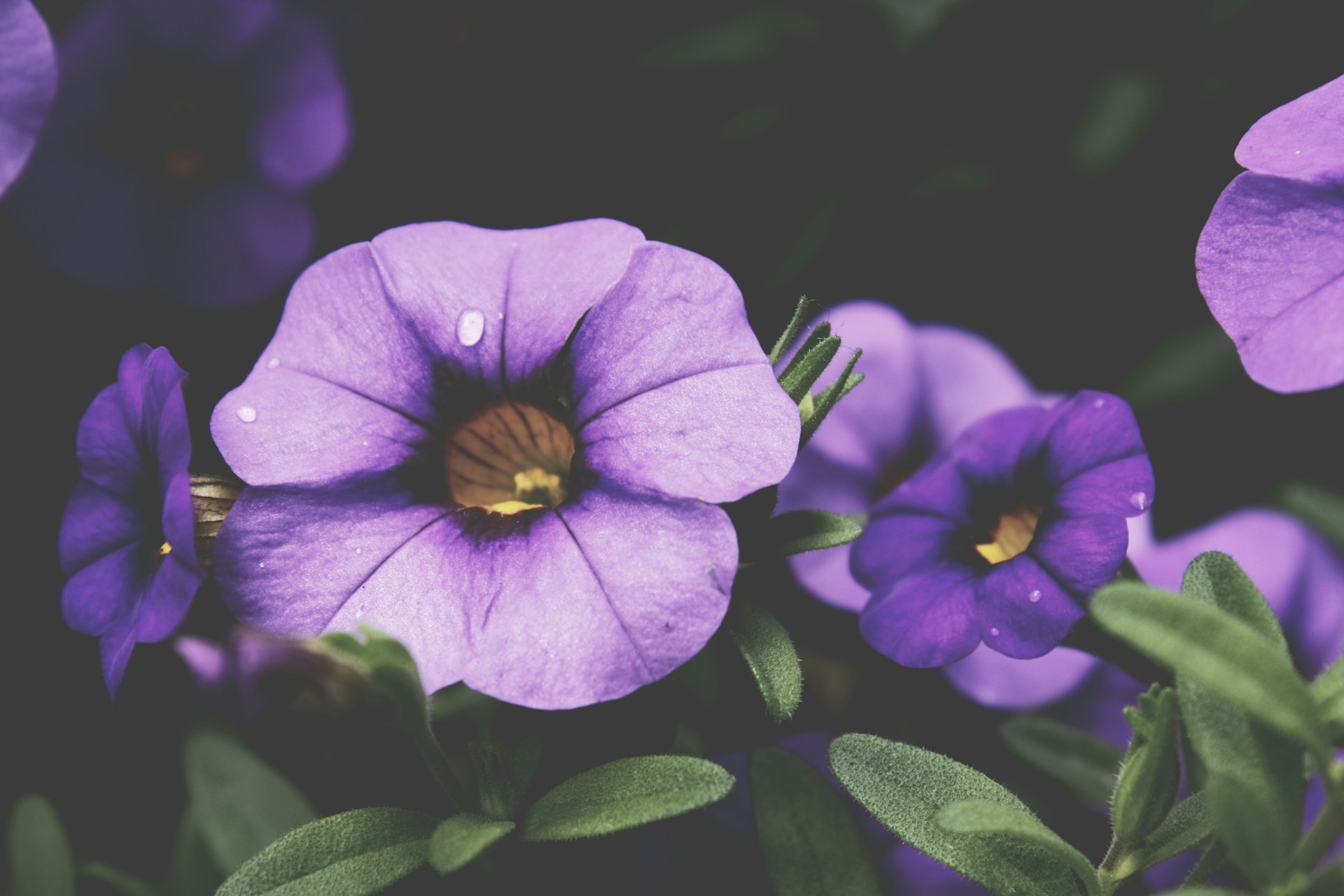
FAQ's About Growing Petunia
1.How long do petunias last?
In most climates, petunias last one season as annuals. But in certain warm climates, petunias generally last two to three years.
2.Do petunias need full sun?
Petunias prefer full sun.
3.How many days does it take for petunias to bloom?
Petunia seeds are tiny and slow to mature, needing 10-12 weeks before flowering begins.
4.What is the best fertilizer for petunias?
Apply a balanced liquid fertilizer with an 8-8-8 or 10-10-10 ratio throughout the growing season.
5.What are petunias used for?
Petunias are versatile annuals. They can be used for color masses, borders, containers, hanging baskets or as a seasonal ground cover, this palm grows old with a single trunk from which branches triangular foliage shaded green to blue.
